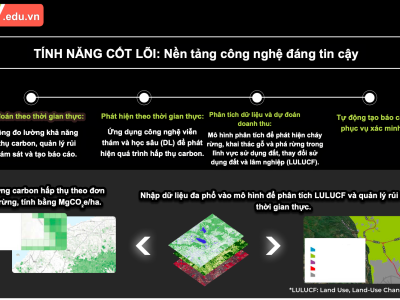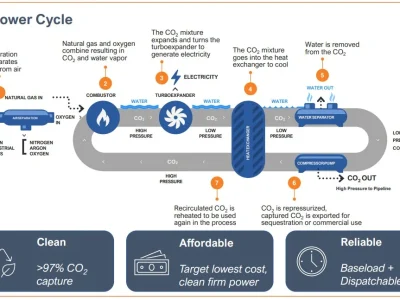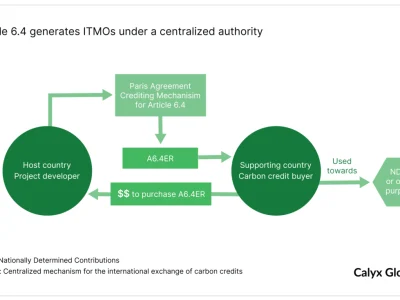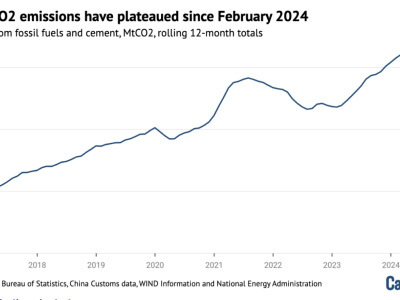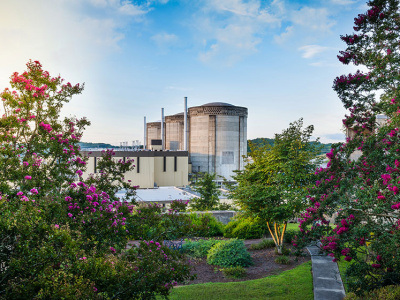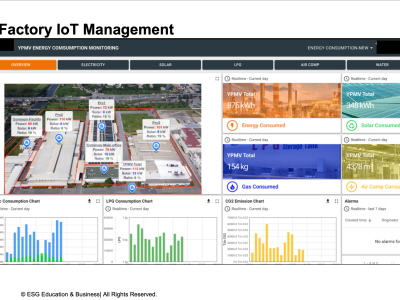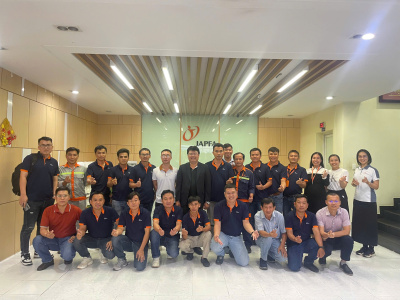 Chuong trinh dao tao
Chuong trinh dao tao
Biochar as a Salt Stress Solution in Rice Cultivation
Biochar as a Salt Stress Solution in Rice Cultivation
The application of biochar—particularly rice husk biochar—has been shown to alleviate the negative effects of soil salinity and saltwater intrusion in rice fields. A 2021 study (Biochar Mitigates Combined Effects of Soil Salinity and Saltwater Intrusion on Rice) found that the negative surface charge of rice husk biochar, derived from carboxyl and hydroxyl groups, enables it to adsorb sodium ions (Na⁺) from saline soils. When applied at a 30% (w/w) rate, rice husk biochar:
- Reduces Na⁺ uptake by the rice plant
- Increases the shoot K⁺/Na⁺ ratio
- Mitigates the physiological damage caused by salt stress
Similar conclusions were drawn in the study Influence of Rice Husk Biochar and Compost Amendments on Salt Contents and Hydraulic Properties of Soil and Rice Yield in Salt-Affected Fields, further highlighting biochar’s potential in improving soil structure, nutrient retention, and crop resilience in salt-degraded regions.
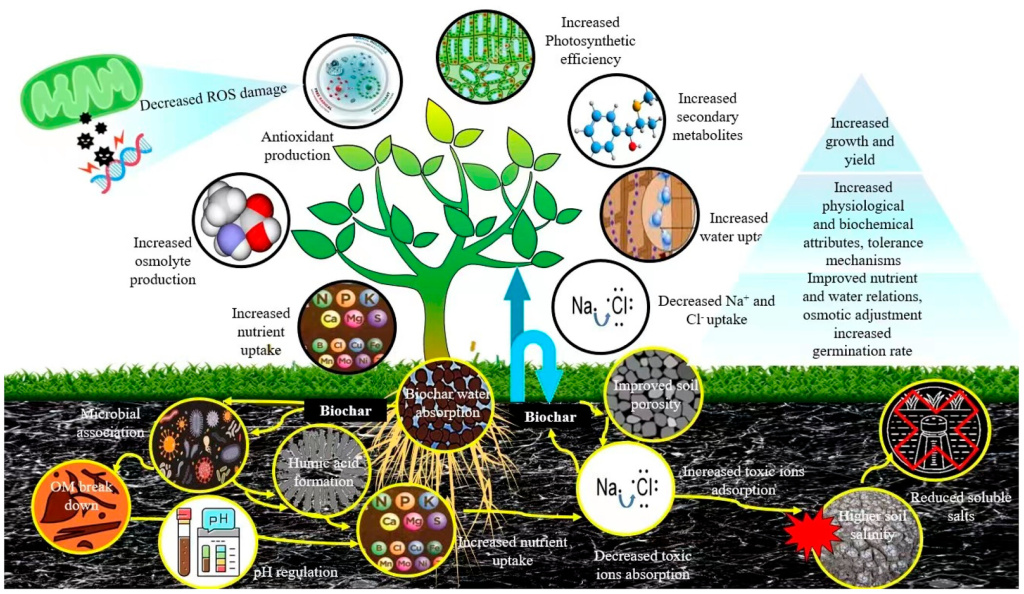
Water Crisis and Public Health in Vietnam
The Mekong Delta and Vietnam’s Central Highlands face severe, often life-threatening water scarcity. As climate conditions worsen, the situation grows more dire:
- In Ninh Thuận Province, residents face extreme water shortages at the start of every dry season (Severe drought takes heavy toll on Vietnamese province).
- Hanoi and Đà Lạt are projected to experience critical water shortages within the next decade due to a combination of pollution, drought, and poor water infrastructure (Hanoi to face water shortage in summer; Đà Lạt may run out of clean water in ten years).
A national groundwater study (Remarks on the Current Quality of Groundwater in Vietnam) reveals that most groundwater is extracted through tubewells heavily contaminated with arsenic (As), iron (Fe), manganese (Mn), and ammonium (NH₄⁺). Findings include:
- Arsenic concentrations as high as 3,050 µg/L, compared to the WHO limit of 10 µg/L
- 72% of tested tubewells exceeded the WHO limit
- Millions may be at risk of chronic arsenic poisoning
- Waterborne diseases from contaminated water and poor sanitation contribute to 4 billion cases of diarrhea annually, resulting in 1.8 million deaths, mostly among children
In the Mekong Delta, many rural households still rely on untreated surface water, settling solids in jars before boiling—a method insufficient to remove dissolved agrochemicals and pathogens (An Overview of Agricultural Pollution in Vietnam: The Crops Sector 2017).
Global Water Scarcity and the Irrationality of Flushing Waste
Water scarcity is no longer a localized issue. According to global studies:
- One in four major cities is under severe water stress (The 11 Cities Most Likely to Run Out of Drinking Water)
- South Africa, the Eastern Mediterranean, India, and Taiwan are all facing historic droughts
- Over 45 countries are simultaneously battling drought-induced food and water insecurity
- Water futures are now being traded on Wall Street, alongside gold and oil—signaling global recognition of its scarcity and value
In this context, using hundreds of liters of water daily per animal to flush manure into biodigesters is deeply unsustainable, both environmentally and economically.
Biodigesters: Water-Intensive, Low-Yield, and Environmentally Harmful
Despite their popularity, biodigesters are not well-suited for smallholder livestock operations in regions with limited water and poor waste management infrastructure.
Low Biogas Yields
- From pig manure, less than 5.5% is converted to biogas
- Biogas produced contains 30–50% carbon dioxide, reducing its calorific value
- Methane leaks from digesters, valves, and gas lines range from 10–40%, severely undermining climate benefits
Digestate Management Challenges
- Storage and transportation of digestate (a mix of solids and liquids) is logistically complex and costly
- Application must be timely, synchronized with crop nutrient needs—something most smallholders cannot consistently achieve
- Improper storage leads to further methane emissions, often 20% of total biogas produced
- Up to 62.5% of digestate is dumped directly into waterways or lagoons, causing severe environmental degradation
Environmental Hazards
- Digestate runoff leads to eutrophication, which devastates aquatic ecosystems and kills nearby crops such as palm and coconut trees
- Farms using biodigesters demonstrate 3–4 times more eutrophication impact than those that don’t
A Better Path Forward: Dry, Decentralized, and Regenerative Solutions
In water-stressed and polluted regions, wet biodigestion is not the answer. Instead, a transition to:
- Dry bioconversion systems (e.g., BSF larvae, vermicomposting)
- Biochar production and soil integration
- Decentralized dry processing of waste
- Closed-loop nutrient recovery models
…offers a lower-emission, water-efficient, and regenerative alternative to outdated waste-to-biogas strategies. In the age of global drought, we must value water not as a tool to flush away waste—but as a precious, finite asset to be conserved.
Author: Asean Farmers Team


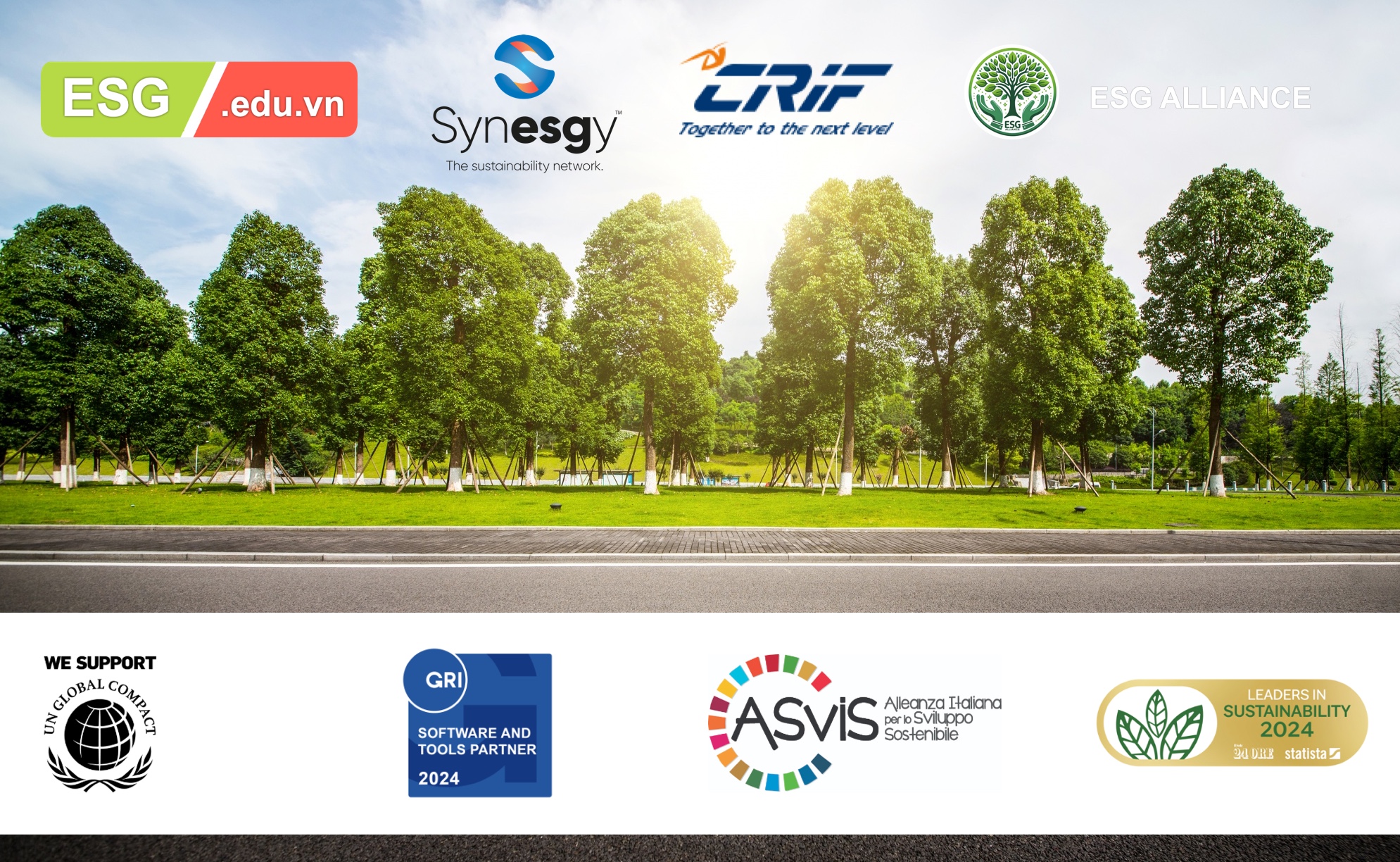







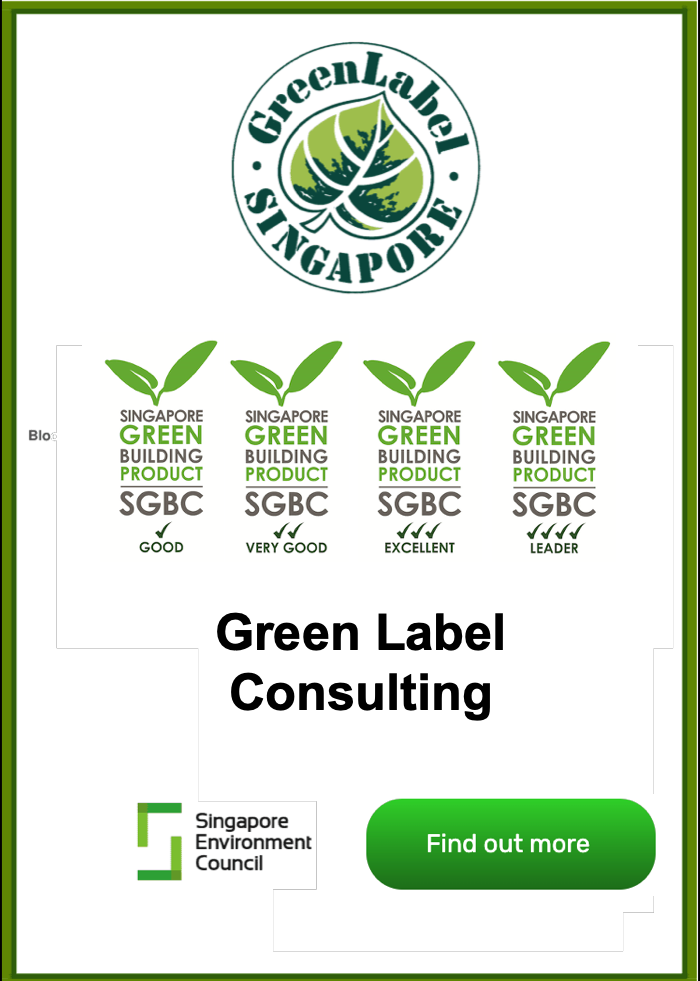
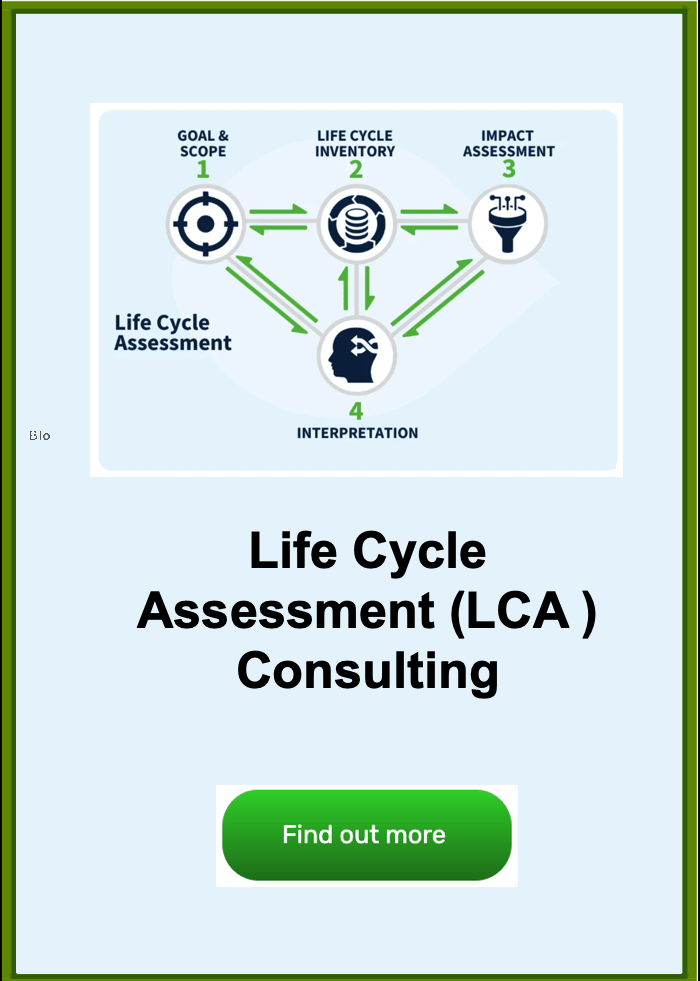
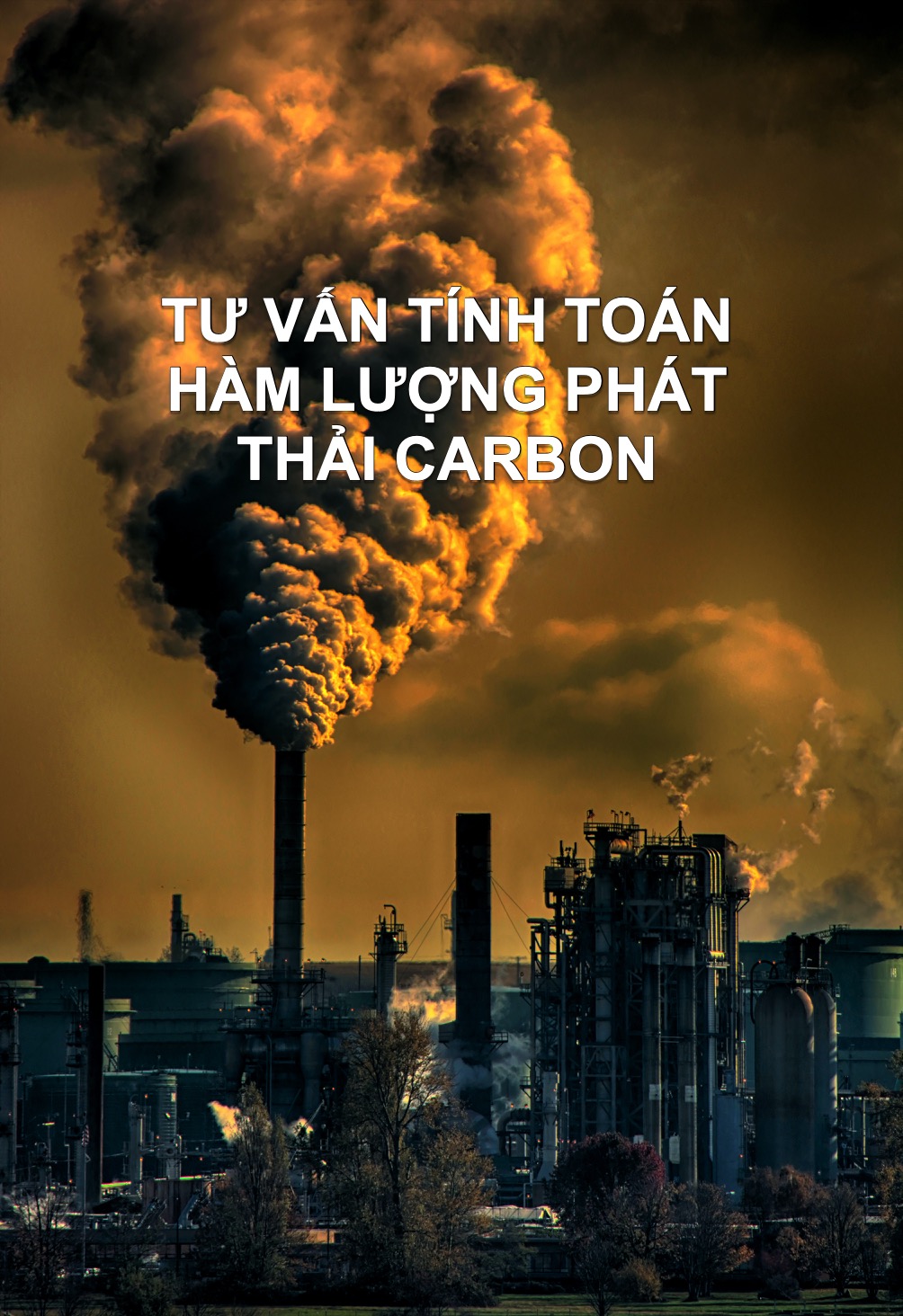
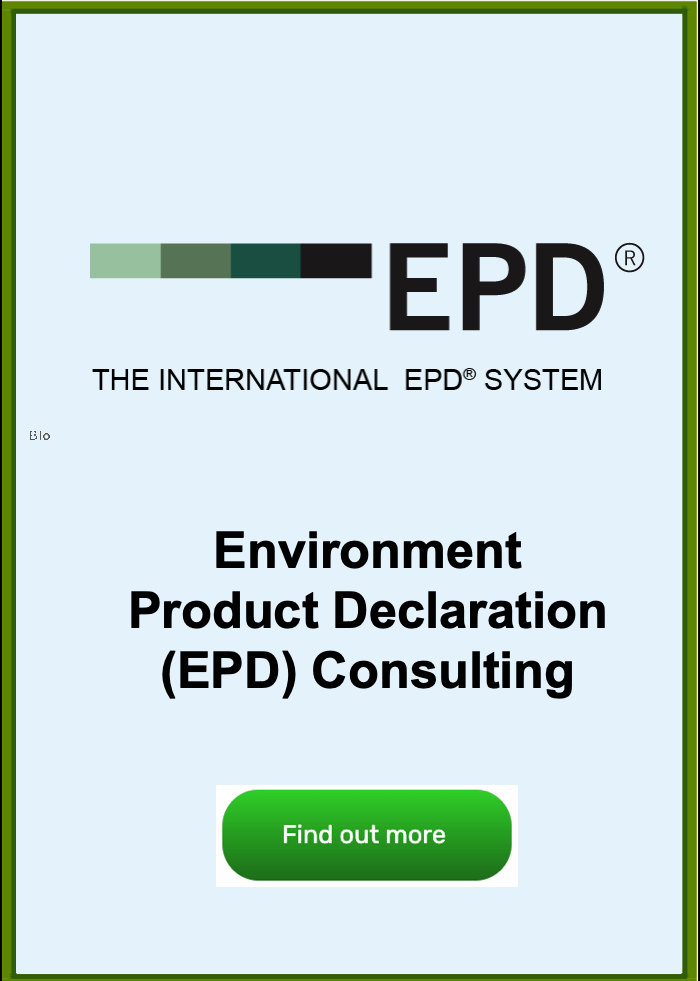
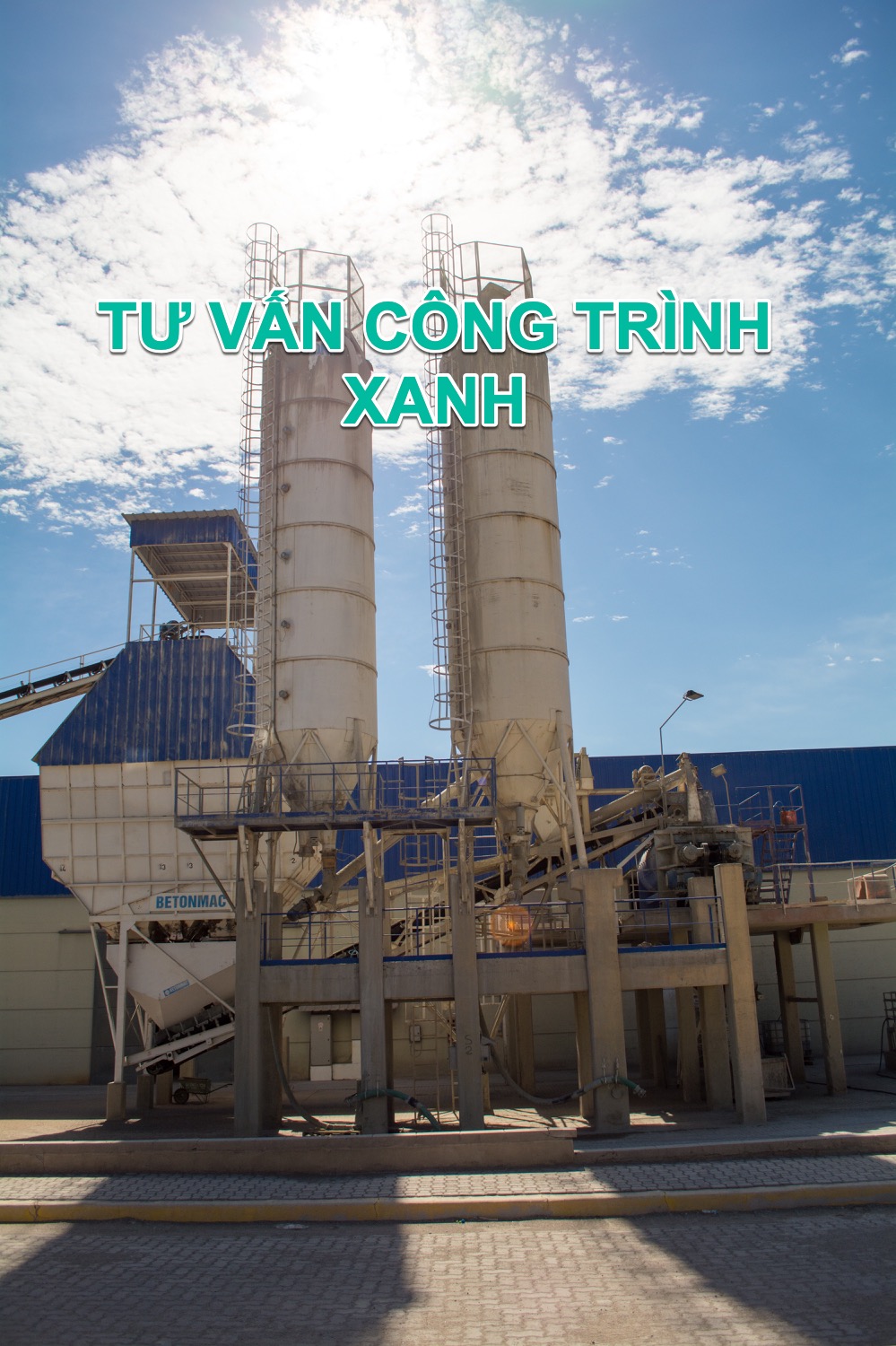
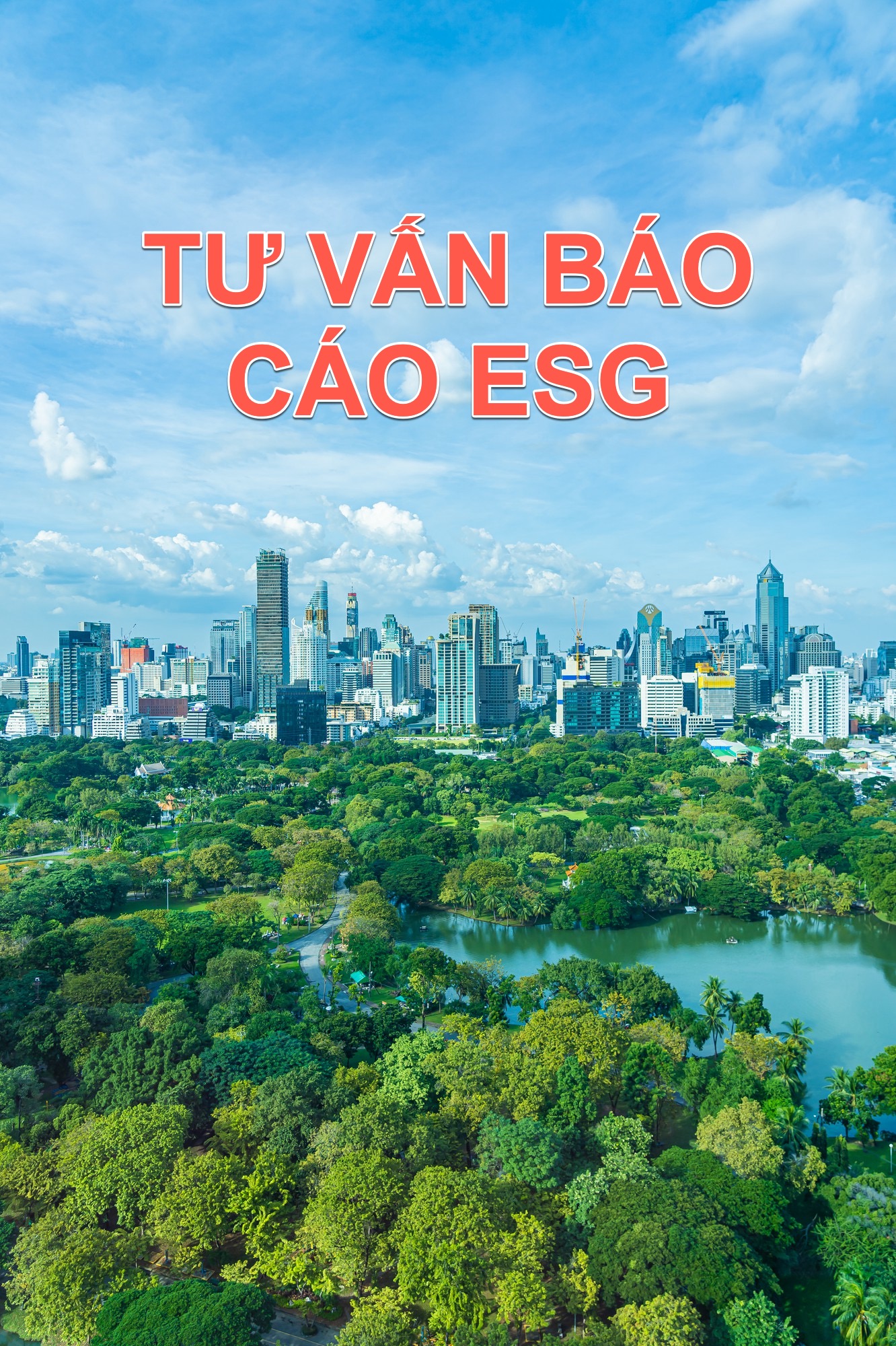

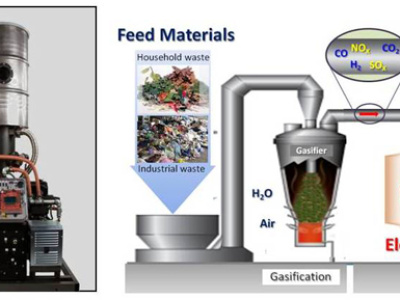
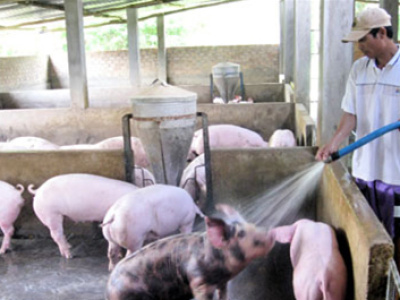
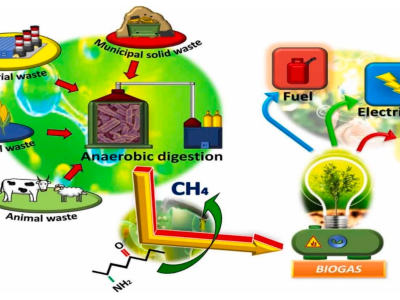
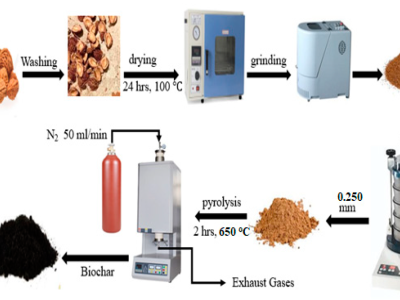
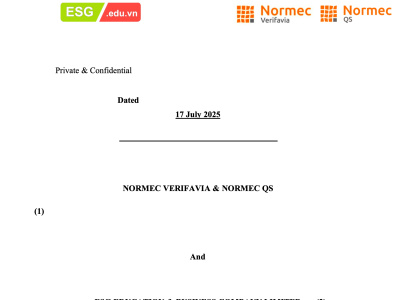
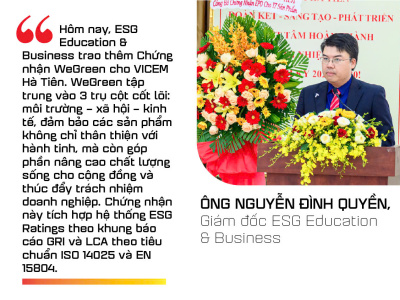
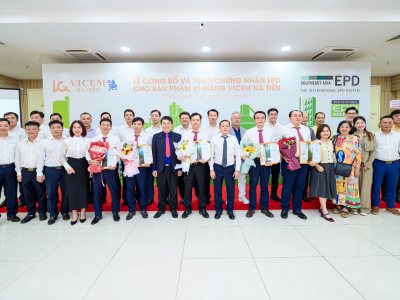
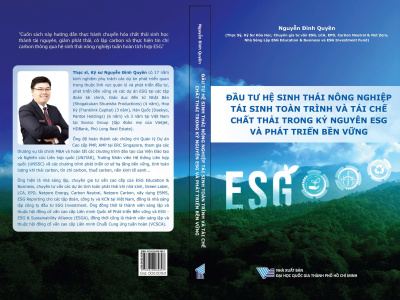

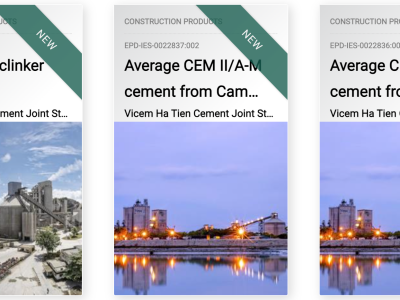
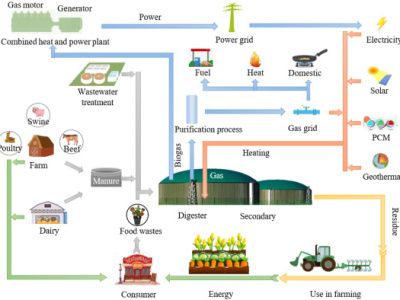
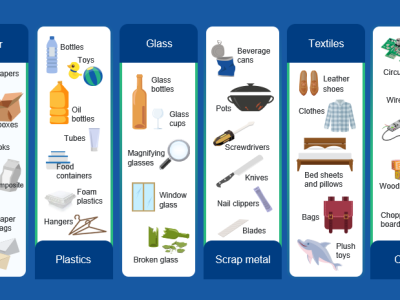
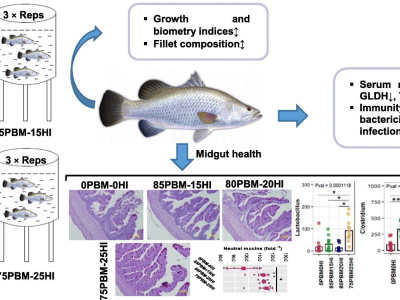
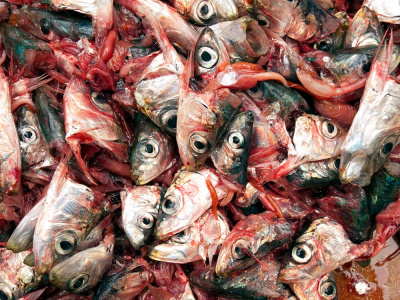
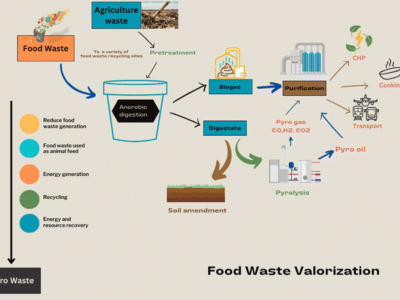
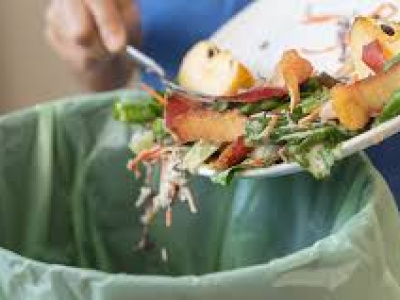
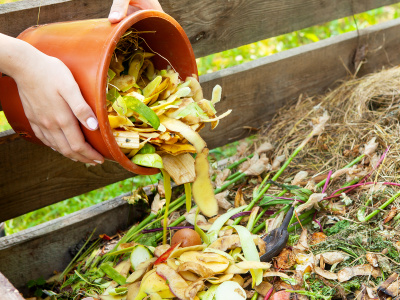
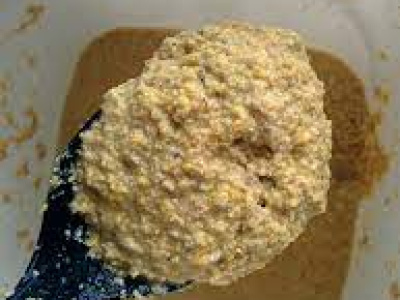
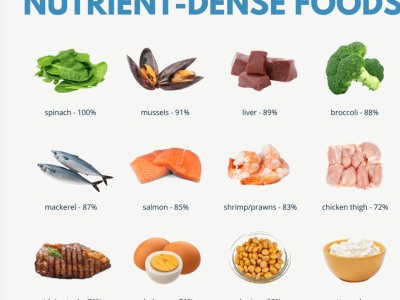
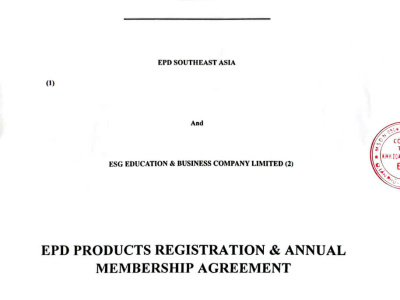
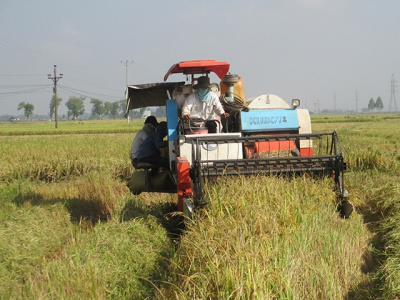
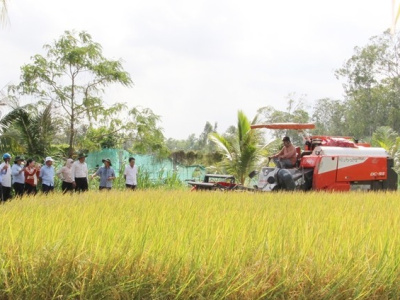
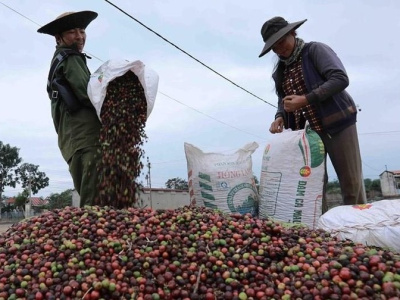
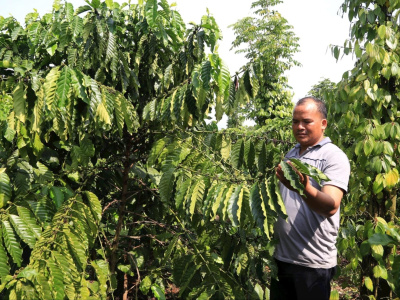
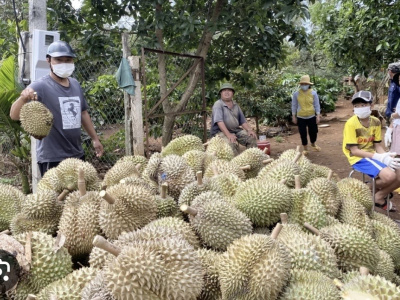
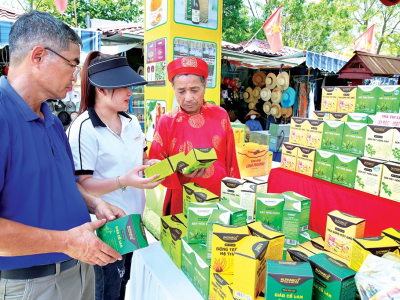
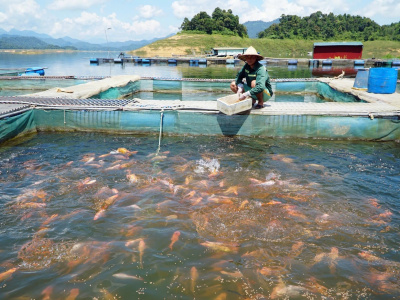
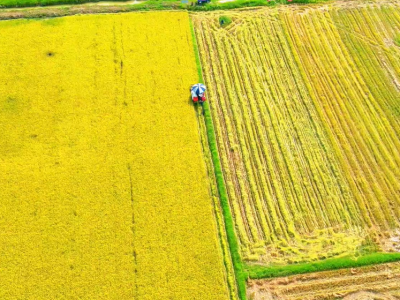
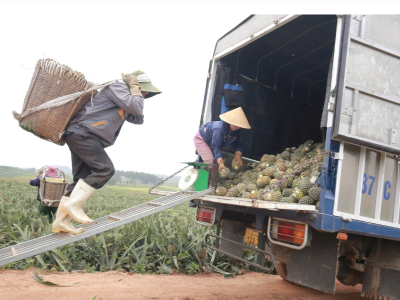
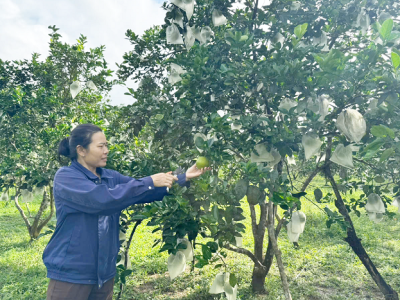
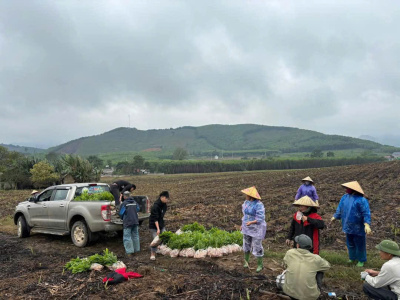
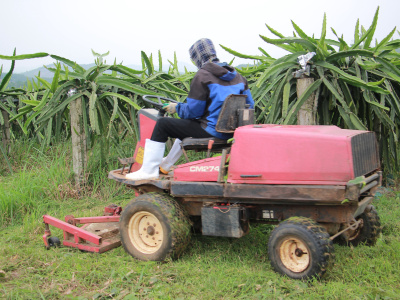
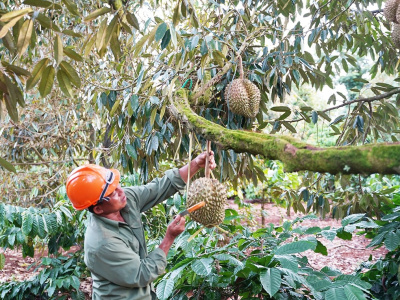
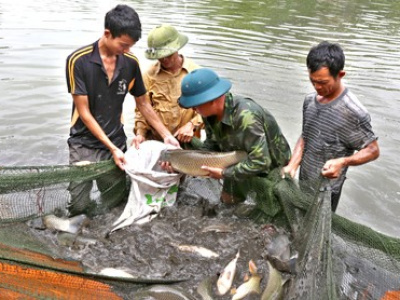
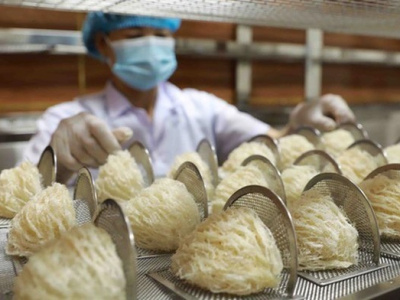
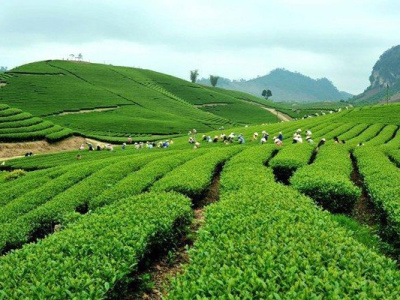
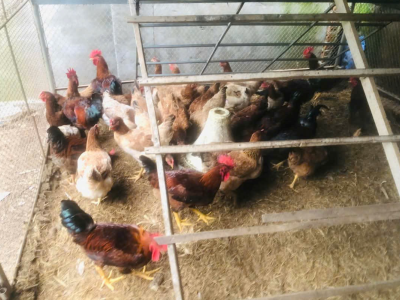
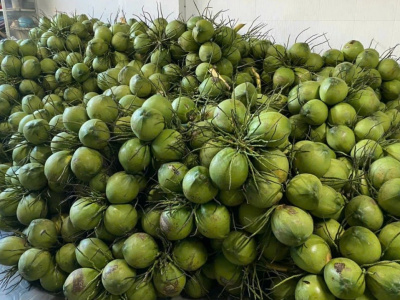
![NGUYỄN ĐÌNH QUYỀN [VN]](https://aseanfarmers.com/wp-content/uploads/NGUYEN-DINH-QUYEN-VN-400x300.png)
